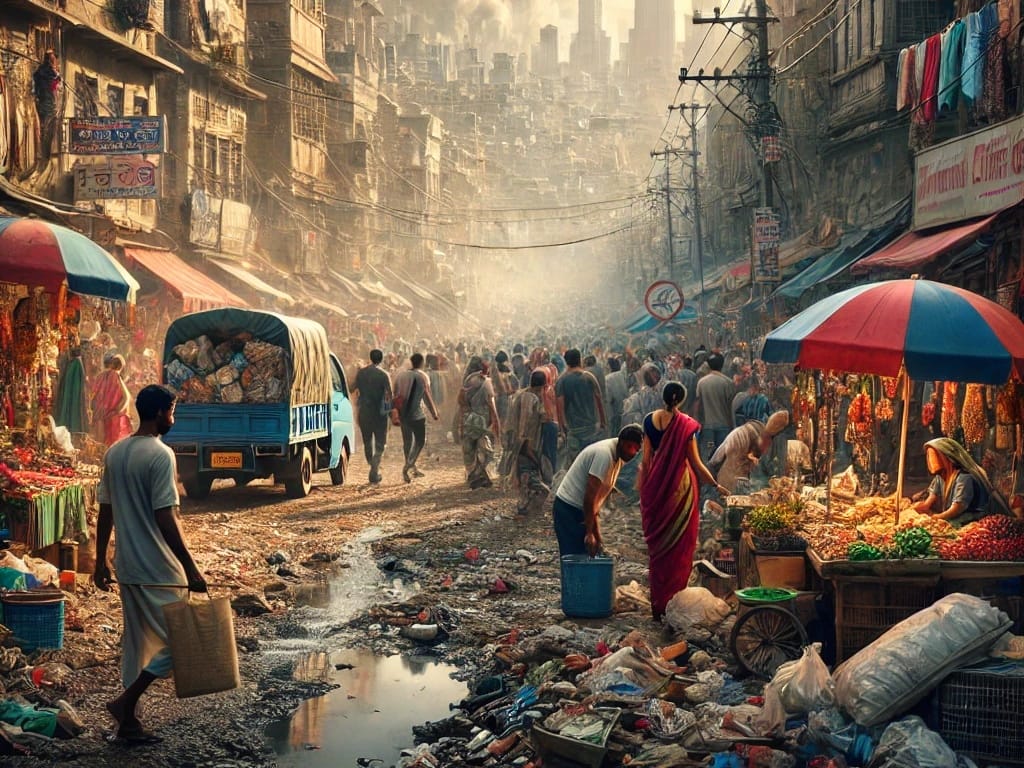Unraveling the Phenomenon: Why IPL Holds the Spotlight

In the ever-evolving landscape of sports, one event stands out as a beacon of excitement, passion, and entertainment - the Indian Premier League (IPL). Since its inception in 2008, the IPL has captured the hearts of millions, transcending borders and uniting cricket enthusiasts worldwide. But what makes this cricketing extravaganza so irresistible?
Fusion of Cricket and Entertainment:
Unlike traditional cricket tournaments, the IPL seamlessly blends sports with entertainment. From star-studded opening ceremonies to pulsating matches, every aspect is designed to captivate audiences, making it more than just a cricket tournament.
Global Appeal:
The IPL boasts a diverse array of players from various cricketing nations, turning it into a melting pot of talent. With international superstars sharing the stage with local heroes, the league garners attention from fans across the globe, transcending geographical boundaries.
Franchise Rivalries:
The tournament's unique franchise-based format adds a layer of excitement and intensity, fueling fierce rivalries among teams. Whether it's the Mumbai Indians vs. Chennai Super Kings or the Kolkata Knight Riders vs. Royal Challengers Bangalore, each matchup carries its own significance, keeping fans on the edge of their seats.
Innovative Gameplay:
The IPL introduced innovations like the strategic timeout, super overs, and the Decision Review System (DRS), revolutionizing the way cricket is played and watched. These innovations not only enhance the viewing experience but also keep the competition dynamic and unpredictable.
Celebrity Endorsements and Ownership:
The involvement of Bollywood celebrities, business tycoons, and cricketing legends as team owners adds glamour and prestige to the league. Their presence not only attracts fans but also elevates the league's status, making it a magnet for sponsorship deals and media attention.
Fan Engagement:
The IPL goes beyond the stadium boundaries, leveraging social media platforms, fan zones, and interactive experiences to engage with audiences. From virtual contests to behind-the-scenes glimpses, fans are offered a 360-degree view of the action, fostering a sense of belonging and community.
Festival Atmosphere:
In India, cricket is more than just a sport; it's a cultural phenomenon. The IPL season creates a festive atmosphere akin to a carnival, with fans donning team jerseys, painting faces, and cheering fervently for their favorite teams. This collective enthusiasm turns every match into a spectacle.
Economic Impact:
The IPL isn't just about cricket; it's also a significant economic driver. The tournament generates revenue through ticket sales, broadcasting rights, sponsorships, merchandise, and tourism, benefiting not only the cricketing ecosystem but also the broader economy.
Youth Engagement:
With its fast-paced format and youthful vibe, the IPL appeals to a younger demographic, attracting a new generation of cricket enthusiasts. This demographic shift ensures the league's longevity and relevance in an ever-changing sporting landscape.
Cultural Integration:
Beyond cricket, the IPL serves as a platform for cultural exchange and integration. Players from different backgrounds come together, fostering camaraderie and understanding, while also promoting unity and diversity on and off the field.
In essence, the IPL's unparalleled popularity can be attributed to its ability to transcend boundaries, entertain masses, and embody the spirit of cricket in its purest form. As the league continues to evolve and innovate, its legacy as a global sporting phenomenon is sure to endure for years to come.




